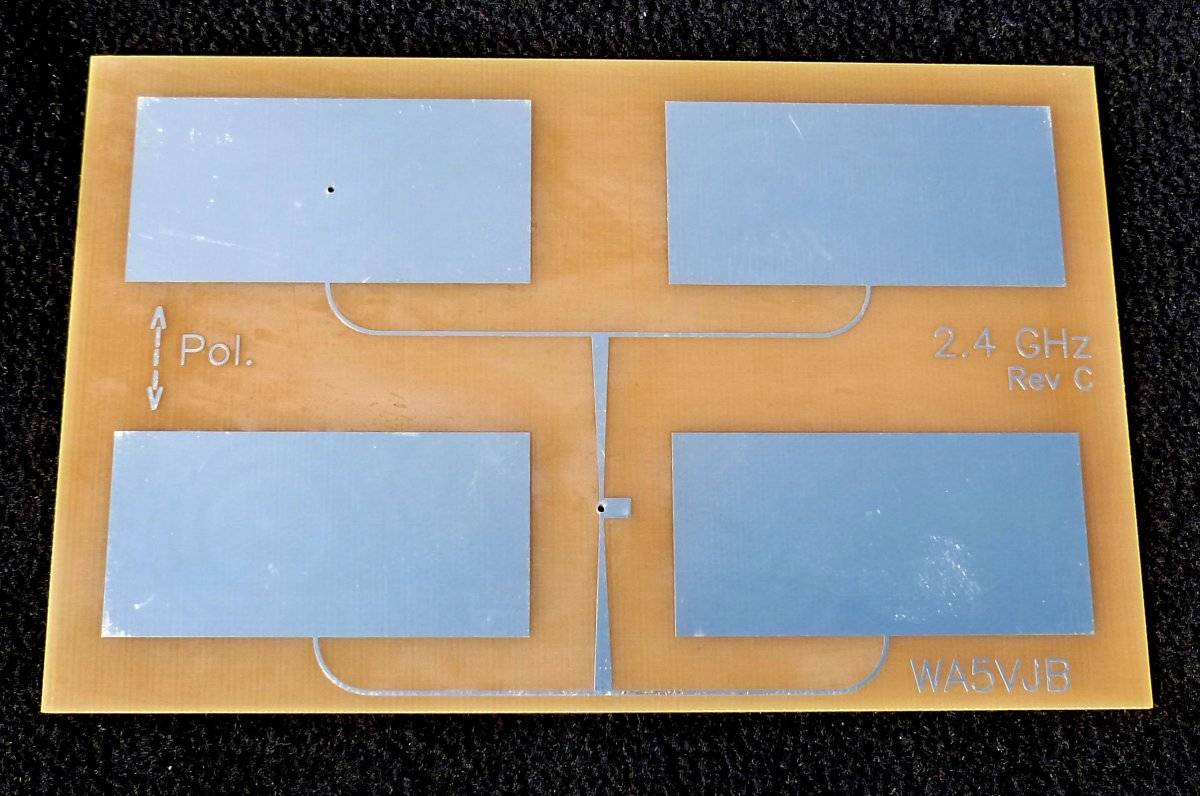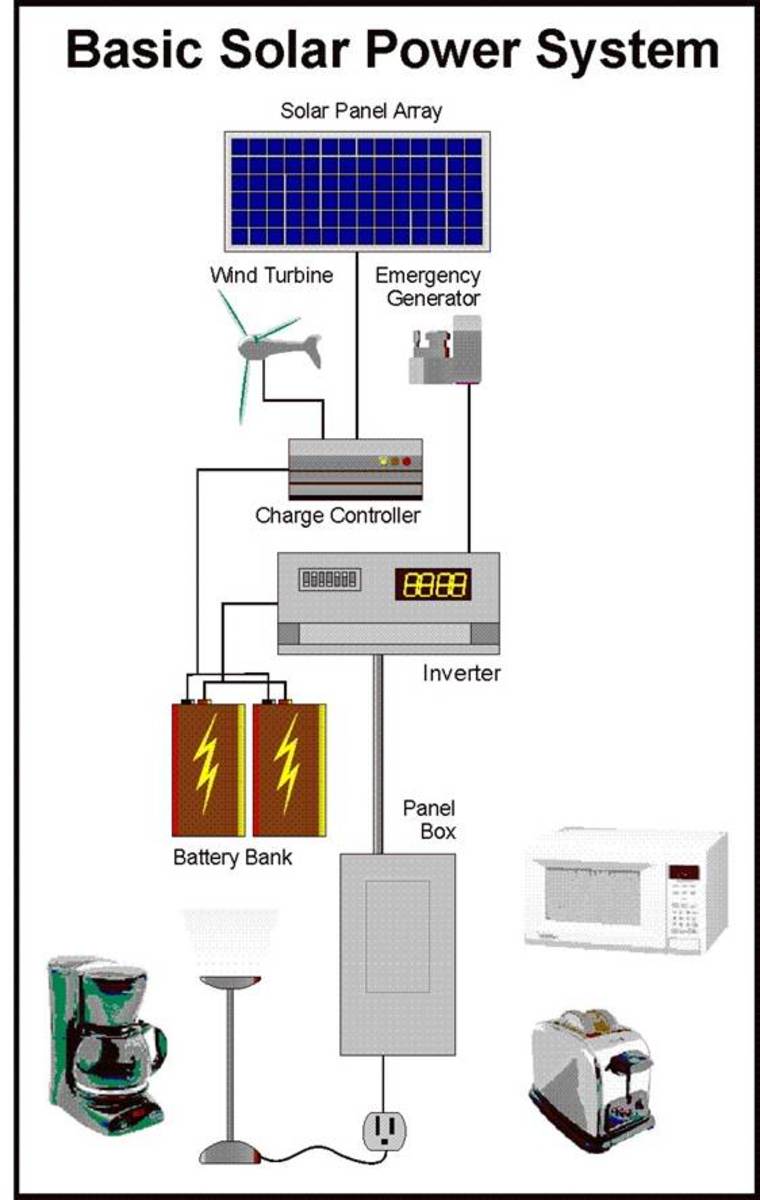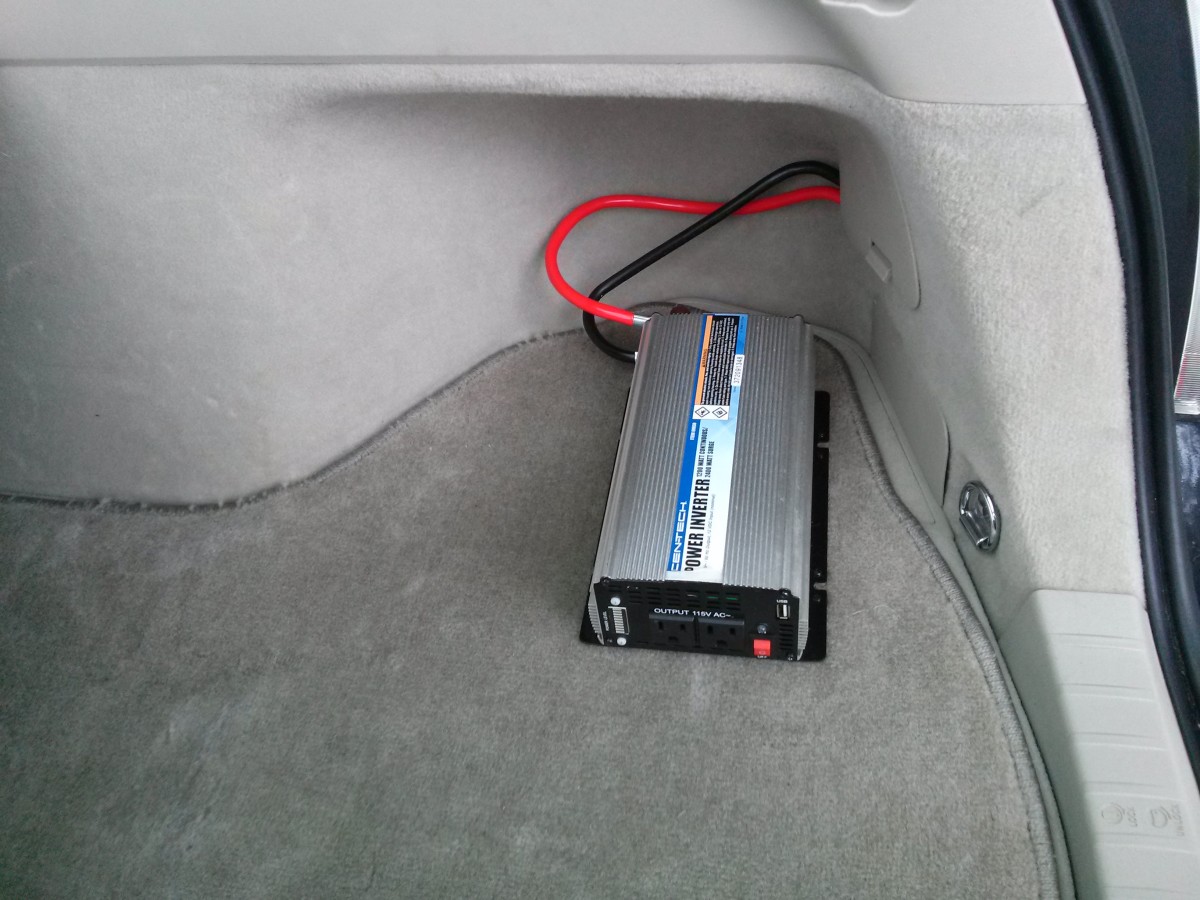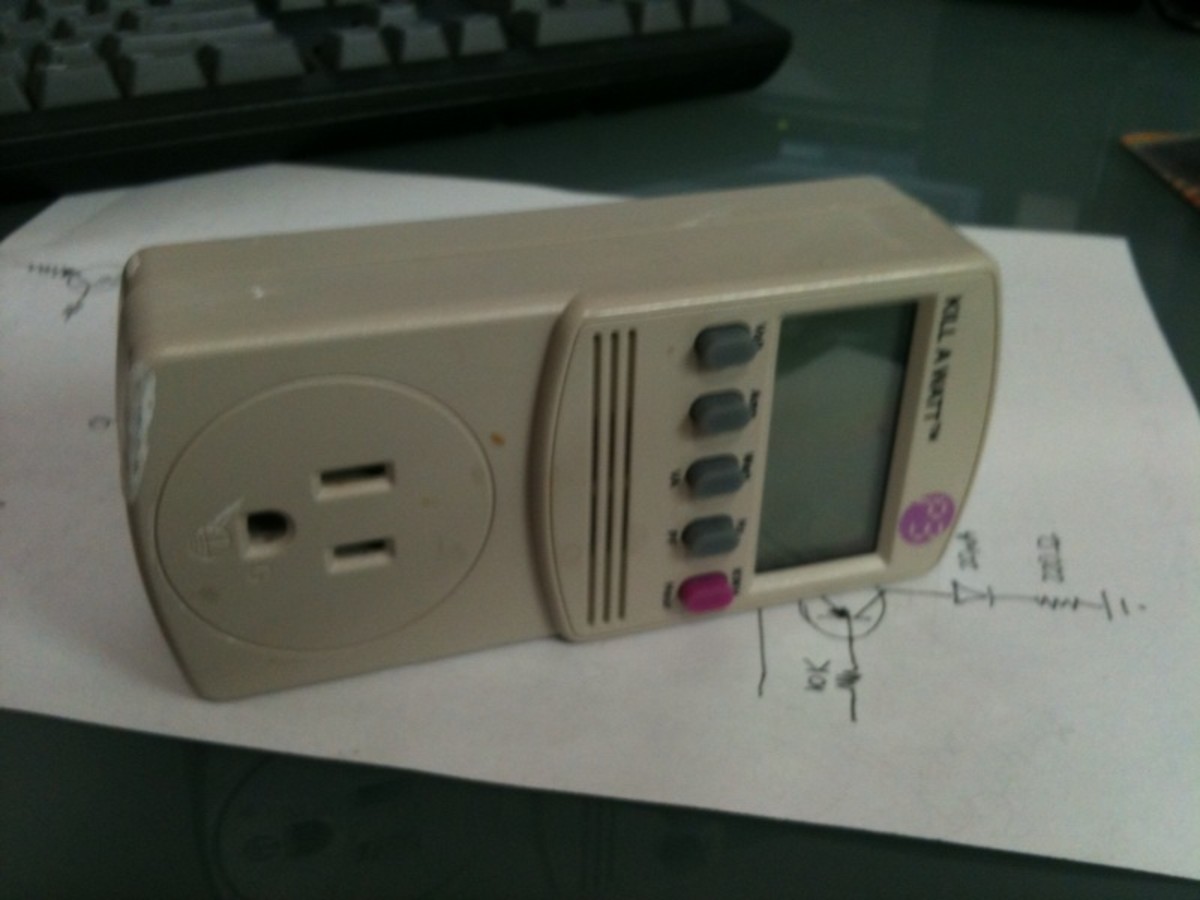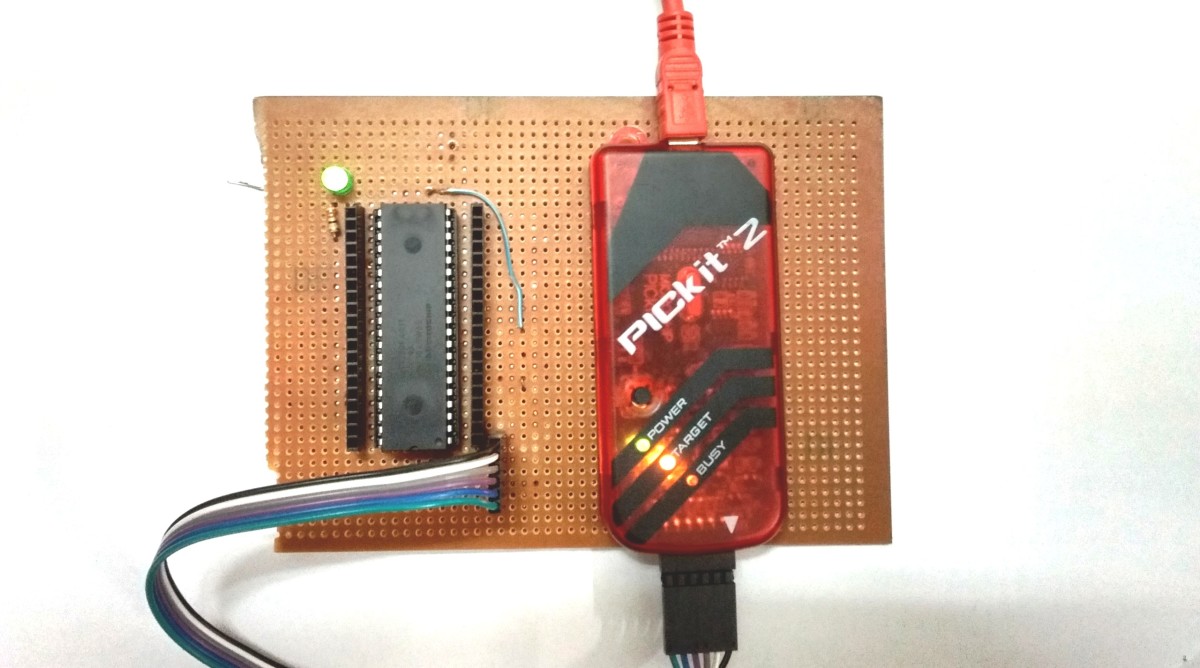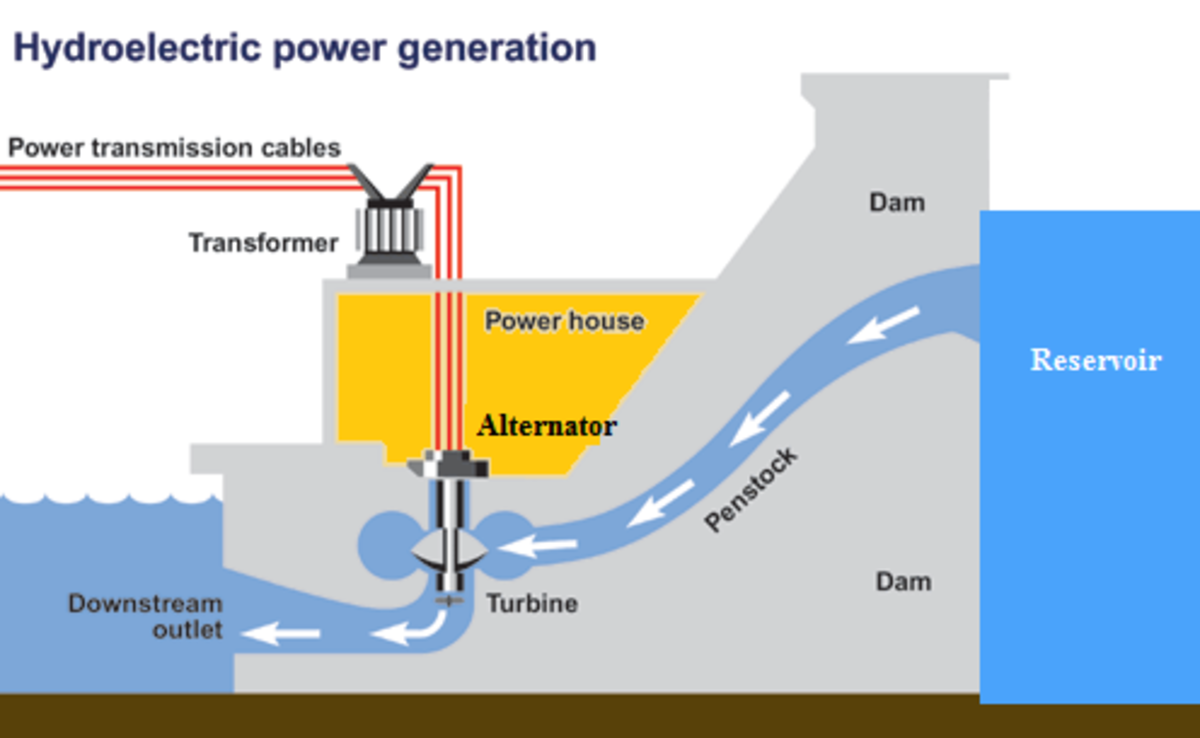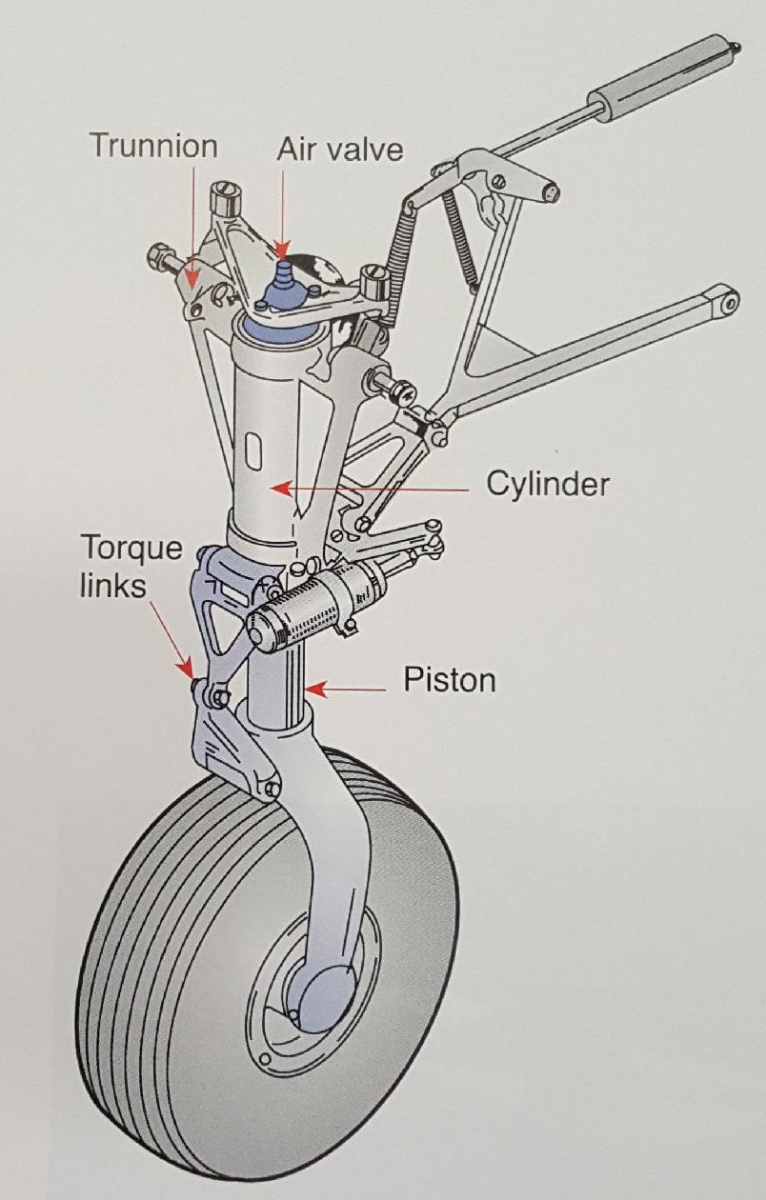Power Harmonics – Sources and Solutions
What Causes Power System Harmonics?
The electrical power provided by a utility arrives on a high voltage line with alternating current. The power is stepped down in voltage and may or may not be converted to direct current for use inside the building. Power system harmonics are caused by magnetizing impedances of devices like the step-down transformers that connect utility lines to individual buildings.
Alternating current systems naturally produce some harmonics. Three-phase power systems produce odd numbered harmonics; 3-phase power systems often generate three levels of harmonics. Voltage and current variation is normally a sinusoidal wave. Power system harmonics alters this wave form, creating spikes and surges that can damage sensitive electronics downstream.
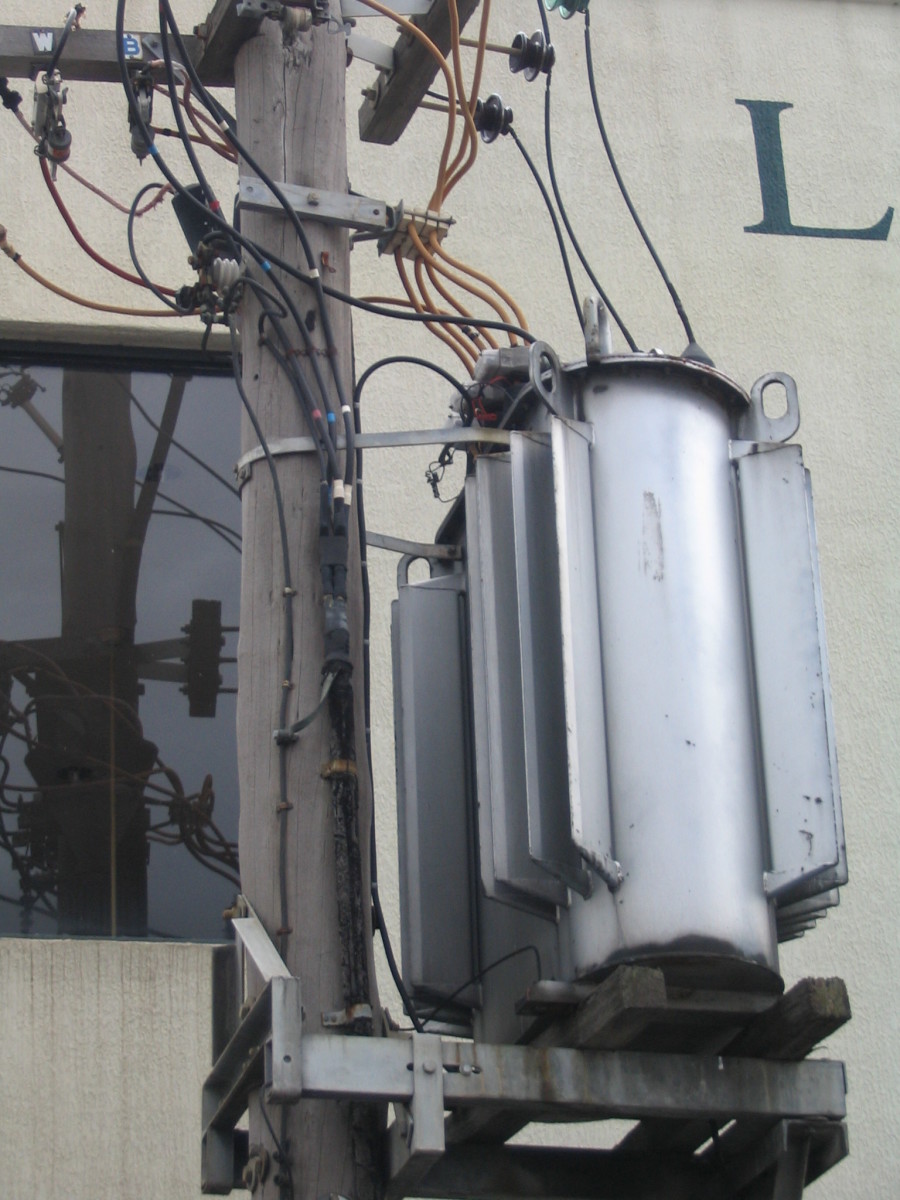
Impact of Power System Harmonics
Industrial equipment containing power electronic components such as variable speed motor controllers are the most sensitive to power harmonics. When the voltage supplying a capacitor has significant variation, the capacitor in turn varies the current it puts out. If the power system harmonics vary the voltage by 5%, the capacitor receiving this voltage will vary its current output by at least 5%. Power system harmonics may overload uninterruptable power supplies, also called UPS. Extreme variations in current flow can overload capacitors, burning them out.
Harmonic currents cause power losses. These power losses result in excess heat that shortens its operating life. In extreme situations, current and voltage fluctuations can pose a fire hazard. However, utilities tend to monitor their power quality, and major power customers take steps to reduce power system harmonics.
Methods to Reduce Harmonics
Power system harmonics can be reduced by installing harmonic filters or harmonic suppressing reactors. Active filters receive a harmonic load and then neutralize it. Active filters can adjust their output. Active filters also reduce the risk of an overload. Active filters may be installed at any point in the power system, and multiple filters can be installed in the same power system.
Passive filters regulate harmonics using series of resistors, inductors and capacitors. Passive filters do not require electricity to operate. Hybrid filters are a hybrid of active and passive filters. Passive and hybrid filters can be connected in parallel. Increasing the size of the capacitors in the power system reduces the impact of power system harmonics.
At the Point of Common Coupling, or PCC where the incoming utility power line connects with a step-down transformer to convert power for usage inside of a building, reactive devices like capacitor banks can be used to control the power harmonics. Installing capacitors can reduce the harmonics on the power line, but they can also cause resonance on other harmonic frequencies. Resonance is reduced by installing anti-harmonic coils in series with the capacitors.
Power System Harmonics Standards
IEEE standard 519 provides recommendations for measuring power system harmonics. IEEE 519 also sets recommended limits on the voltage and current coming into a building. These limits reduce the risk of damage to capacitors, inductors, controlling devices and sensitive electronics that can be shorted or overloaded by power system fluctuations.
An Uninterruptable Power Supply or UPS designed for a sinusoidal power flow cannot provide sufficient voltage when the actual load is based on the voltage peaks of a system experiencing harmonics. IEC standard 60892 outlines an equation for determining a weighted harmonic factor for harmonic voltage. IEC Standard 61000-3-6 sets emission limits for power system distortions in power system connections. IEC 61000-3-6 refers to this as Electromagnetic Compatibility or EMC.
